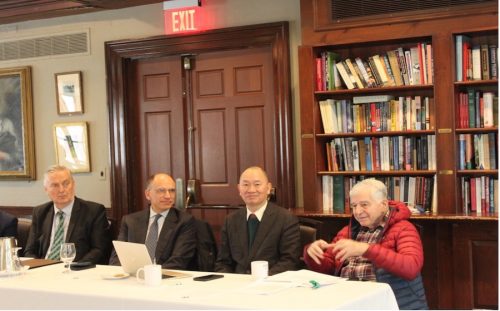Sir Tim Berners-Lee invented the World Wide Web (WWW) in 1989 with his implementation of the first successful communication between an HTTP client and a HTTP client. WWW is based on the client/server model where the content is housed at a central host server. As such it is vulnerable to, just to name a few, single point of failure, scalability, and user privacy. In today’s world, we have heard quite many times big companies fail protecting their web users’ private and personal data due to hacking, surveillance, and misuse.
The Berkman Klein Center recently wrote about a new WWW protocol Berners-Lee is working on: Solid. The goal is to return information to the hands of users, not that of the hosting company.
The idea is for you, as the user, have your own personal data stores, called “pods”. Mobile apps and web apps that want to access your data need to “talk” to the pods, which sits in the cloud and which you could control directly. These apps do not store your data and you never have to worry about it being misused somewhere. You own your data, you control how it is being used.
Solid is the enabler of a decentralized Web.
When describing Solid, Sir Tim talked about the loss of the “long tail”. On the surface you see everything that’s on Facebook. And when you’re on Facebook, whether somebody reads your post is determined by Facebook’s algorithms. You do not have control. Solid would bring the “long tail” back.
Another problem is the “silo problem”. Facebook is a closed system, and so are LinkedIn and Flickr. You can’t just drag a LinkedIn group into Flickr, nor a Flickr photo into Facebook. With Solid, and the data pods, it would be easier to manage and allow access for data all in one place.
The full article of the Berkman Klein Center is here, which provides more details not only about the vision, but also architecture concept and current progress of this initiative.










